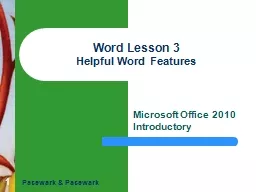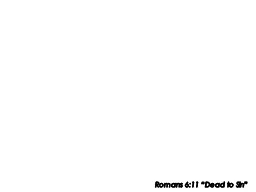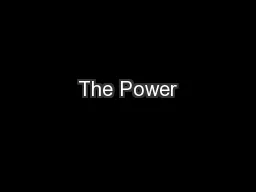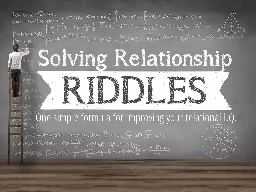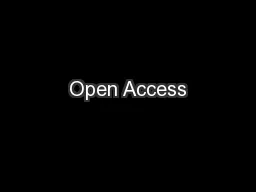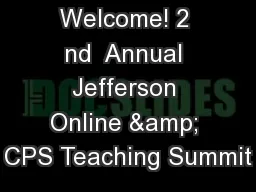PPT-1 Word Lesson 3 Helpful Word Features
Author : luanne-stotts | Published Date : 2019-12-18
1 Word Lesson 3 Helpful Word Features Microsoft Office 2010 Introductory Pasewark amp Pasewark 2 2 2 Objectives Use AutoCorrect Use AutoFormat As You Type Create
Presentation Embed Code
Download Presentation
Download Presentation The PPT/PDF document "1 Word Lesson 3 Helpful Word Features" is the property of its rightful owner. Permission is granted to download and print the materials on this website for personal, non-commercial use only, and to display it on your personal computer provided you do not modify the materials and that you retain all copyright notices contained in the materials. By downloading content from our website, you accept the terms of this agreement.
1 Word Lesson 3 Helpful Word Features: Transcript
Download Rules Of Document
"1 Word Lesson 3 Helpful Word Features"The content belongs to its owner. You may download and print it for personal use, without modification, and keep all copyright notices. By downloading, you agree to these terms.
Related Documents

